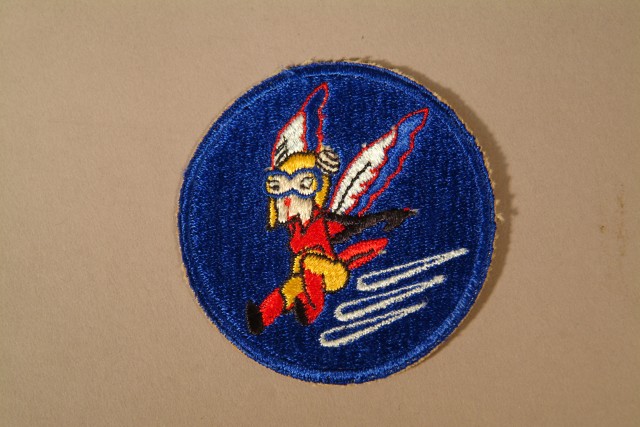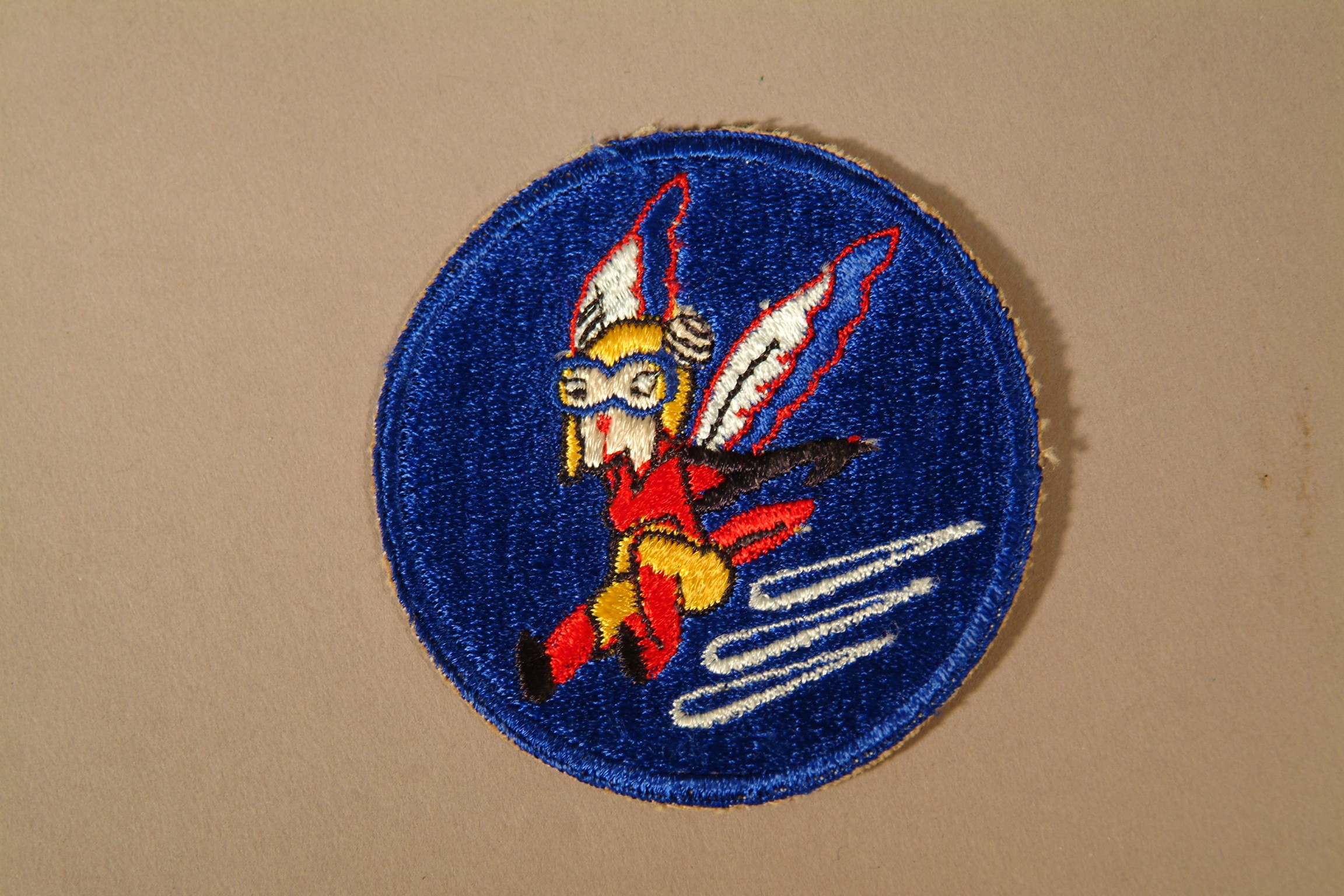An important factor ensuring AmericaAca,!a,,cs ultimate victory over the Axis Powers in World War II was the overwhelming and unwavering support of the Home Front. Contributing much to creating and maintaining that Home Front support were Walt Disney films. Meanwhile, morale-boosting Disney-designed insignia that soon appeared on planes, trucks, flight jackets, and other military equipment accomplished the same for American and Allied forces.
During the war Disney made films for every branch of the U.S. government. Typical of the films was the 1943 Aca,!A"The Spirit of Aca,!a,,c43,Aca,!A? produced at the request of the Secretary of the Treasury, Henry Morgenthau, Jr. The film depicted Donald Duck dealing with federal income taxes and pointing out the benefit of paying his taxes in support of the American war effort.
At the NavyAca,!a,,cs request, the Disney Studios also produced, in just three months, some 90,000 feet of training film to educate sailors on navigation tactics. Disney animators also worked closely with Hollywood producer Frank Capra and created what many consider to be the most brilliant animated maps to appear in a series of seven highly successful Aca,!A"Why We FightAca,!A? films.
During the war, over 90 percent of Disney employees were devoted to the production of training and propaganda films. In all, the Disney Studios produced some 400,000 feet of film representing some 68 hours of continuous film. Included among the films produced was Aca,!A"Der FuehrerAca,!a,,cs Face,Aca,!A? again featuring Donald Duck. It won the Oscar as the best animated film for 1943.
Perhaps the importance of the Disney Studios to the war effort is best demonstrated by the fact that the U.S. Army deployed troops to protect the facilities, the only Hollywood studio accorded such treatment.
During World War I, while serving as a Red Cross ambulance driver, Walt Disney embellished his ambulance and other vehicles with drawings and cartoon figures. Thus, he came to appreciate the importance of humorous insignia to unit morale and esprit-de-corps. It is not surprising, therefore, that during World War II Disney artists often used their talents to design military insignia and emblems.
For example, in 1942 the Navy asked Disney to design an emblem appropriate for its new fleet of Navy torpedo boats known as Aca,!A"mosquito boats.Aca,!A? In response, Disney provided its famous emblem of a mosquito riding a torpedo, which soon adorned all of the newly constructed PT boats. t the request of the China Defense Supplies organization, the Disney Studios also designed a winged tiger flying through a large V for victory for the world famous Aca,!A"Flying Tigers.Aca,!A? By warAca,!a,,cs end, the Disney Studios had produced over 1,200 insignias for both the U.S. Army and Navy, as well as Allied units, without ever charging a fee.
ABOUT THIS STORY: Many of the sources presented in this article are among 400,000 books, 1.7 million photos and 12.5 million manuscripts available for study through the U.S. Army Military History Institute (MHI). The artifacts shown are among nearly 50,000 items of the Army Heritage Museum (AHM) collections. MHI and AHM are part of the: Army Heritage and Education Center (AHEC), 950 Soldiers Drive, Carlisle, PA, 17013-5021.
Related Links:
A Working Bibliography of MHI Sources: Airplane Nose Art
A Working Bibliography of MHI Sources: World War II--US Home Front.




Social Sharing